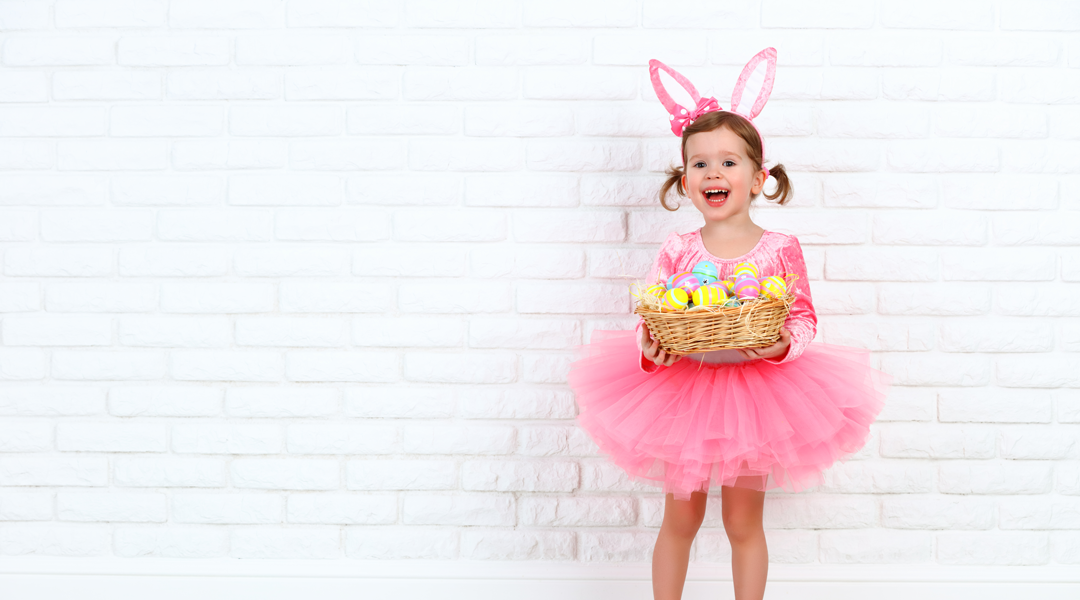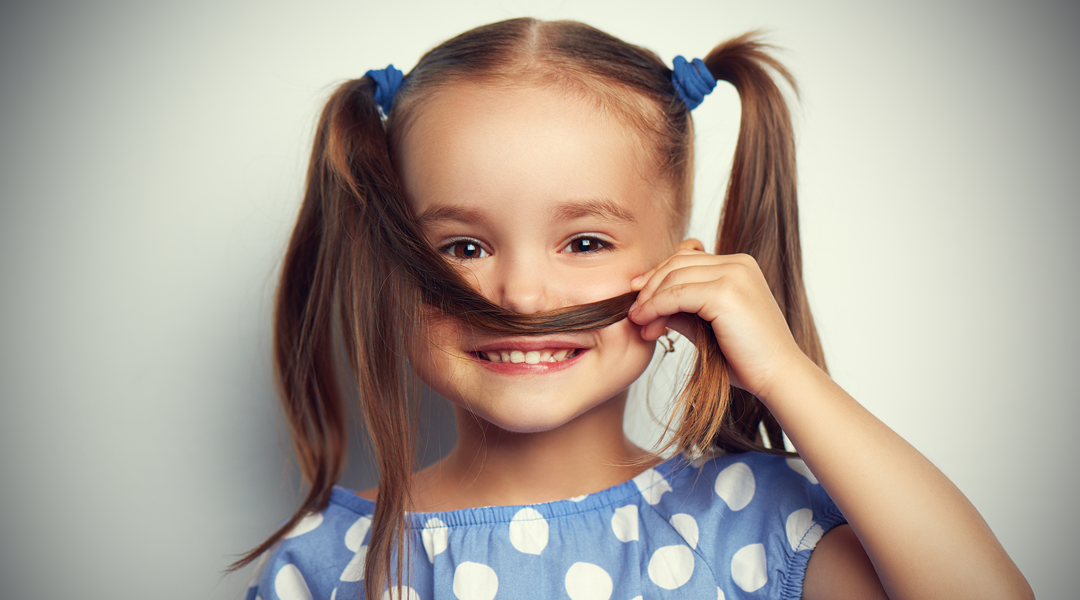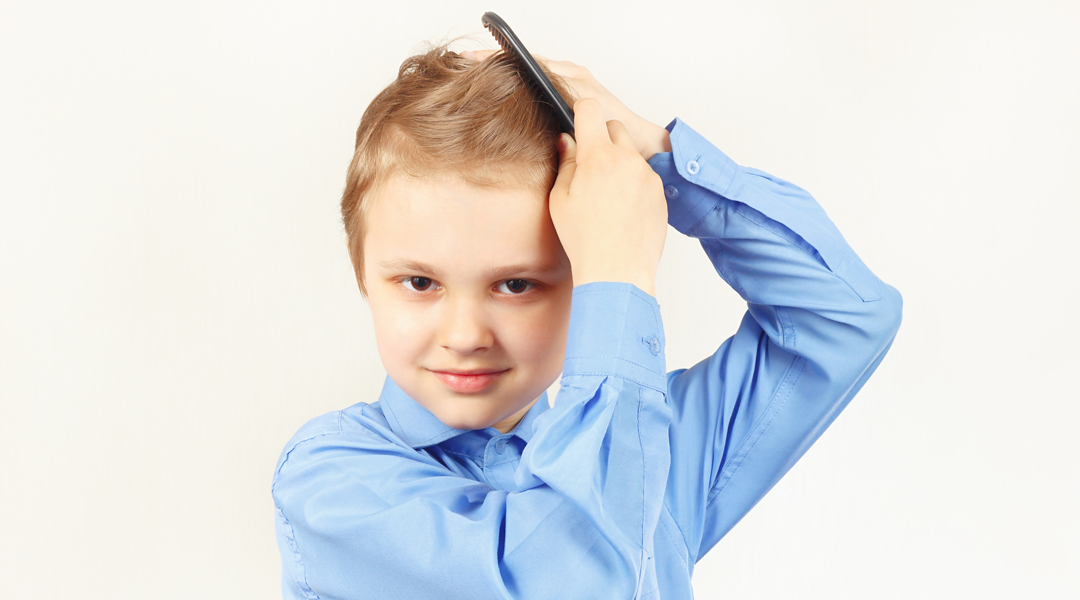
The United Nations Children’s Fund has done such an experiment. Let a little girl appear in the same public place twice in the image of exquisite dress and untidy dress respectively, In the end, we were treated differently by passers-by. We may know from the video that [people cannot judge by their appearance], but there is no denying that we all like beautiful things. Naturally, clean and beautiful babies are more likely to be cared for by others, thus making them more confident.
It seems that it is really very important to cultivate children’s aesthetics, at least the external beauty of the baby’s own body.
Although the baby is small, he also has a love of beauty.

In fact, from two to three months old, the baby has already distinguished and chosen colors, faces and figures.
About 18 ~ 24 months, the baby began to have self-awareness, the pursuit of aesthetics is more obvious and strong, will like bright color clothes, will choose their favorite cartoons and so on. This is the time to cultivate children’s aesthetic and external image.
Babies love beauty and have so many benefits.
1. Enhance your baby’s self-confidence
Dressing up neatly will make others more willing to accept themselves, especially teachers and classmates. This will save children a lot of trouble in their future study and life, and will also make children more confident and reduce inferiority.
2. Cultivate Baby’s Good Habits
Babies can form the habit of loving cleanliness and hygiene from the aspect of paying attention to appearance, and can also form a good spirit of self-discipline by organizing internal affairs and themselves in an orderly way.
Secondly, the idea of [tidying up shirts before tidying up trousers] will always appear when children tidy up themselves. Little by little, it can well train children’s logical thinking ability.
How to Cultivate Children’s Self-dressing Ability Correctly

The ability to dress up oneself is often not well cultivated because parents know how to dress up, but also requires parents to actively guide them.
1. Raise heuristic questions
When the child is about 1.5 years old and has self-awareness, he can gradually let go and let the child decide his own travel dress. Before each dress, we can ask the child [Do you want to wear what color clothes today? [This one or that one? ]
When the child is relatively young, the child cannot think about open-ended questions. We can use closed-ended questions to ask the child and ask the child to do multiple-choice questions: “Do you want to wear Piggy Page’s clothes or Superman’s clothes today? [Do you want to wear red shoes, sneakers or blue hole shoes today?] [Do you want to wear red shoes, sneakers or blue hole shoes today? ] Wait. If the child is too young to speak, you can put two things in front of the child and let the child choose. Believe me, the child will have his own ideas.
2. Make your own suggestions
When children are 2 ~ 3 years old, they can communicate well with adults. We can put forward our own opinions while asking if we like to wear what clothes, such as [Do I think red clothes and red shoes are better? [This shoe is so beautiful, it must be very handsome if it goes with blue trousers! ] Wait. This can gradually guide their own aesthetic to children.

3. Respect for children when there are differences.
In general, it is suggested to respect the child’s decision, unless parents think that this does not conform to the child’s age dress, or this match is really very inappropriate, can give certain restrictions, avoid tough requirements for children to wear clothes they do not like, otherwise it may also cause children’s inferiority complex. What should we deal with? The following two methods are recommended:
Method 1: Find advice helpers
Aesthetics is a subjective cognition. Perhaps our adults think that children who look good may not necessarily feel good-looking. Therefore, if we have differences with children in aesthetics, we can draw different adults and children’s peers to give evaluation to children’s dress, which can better guide children’s dress aesthetics.
Method 2: Limit the selection range
When children are relatively young, they may not have a complete understanding of aesthetics, Therefore, choosing any clothes to match is likely to make parents feel that the style is very [unique]. At this time, we can narrow the choice range. Only two or three options are provided to the baby. The mother matches several sets of clothes to let the child choose. This can not only ensure the aesthetic bottom line in parents’ hearts, but also satisfy the purpose of training the baby to learn how to dress up.
4. Parents Lead by Example
[Like father, like son, like mother, like daughter]. Parents’ living habits and travel dress style greatly affect children’s self-dressing ability and tendency. Therefore, keeping clean and generous dress style and self-disciplined living habits is the best learning template for children.
